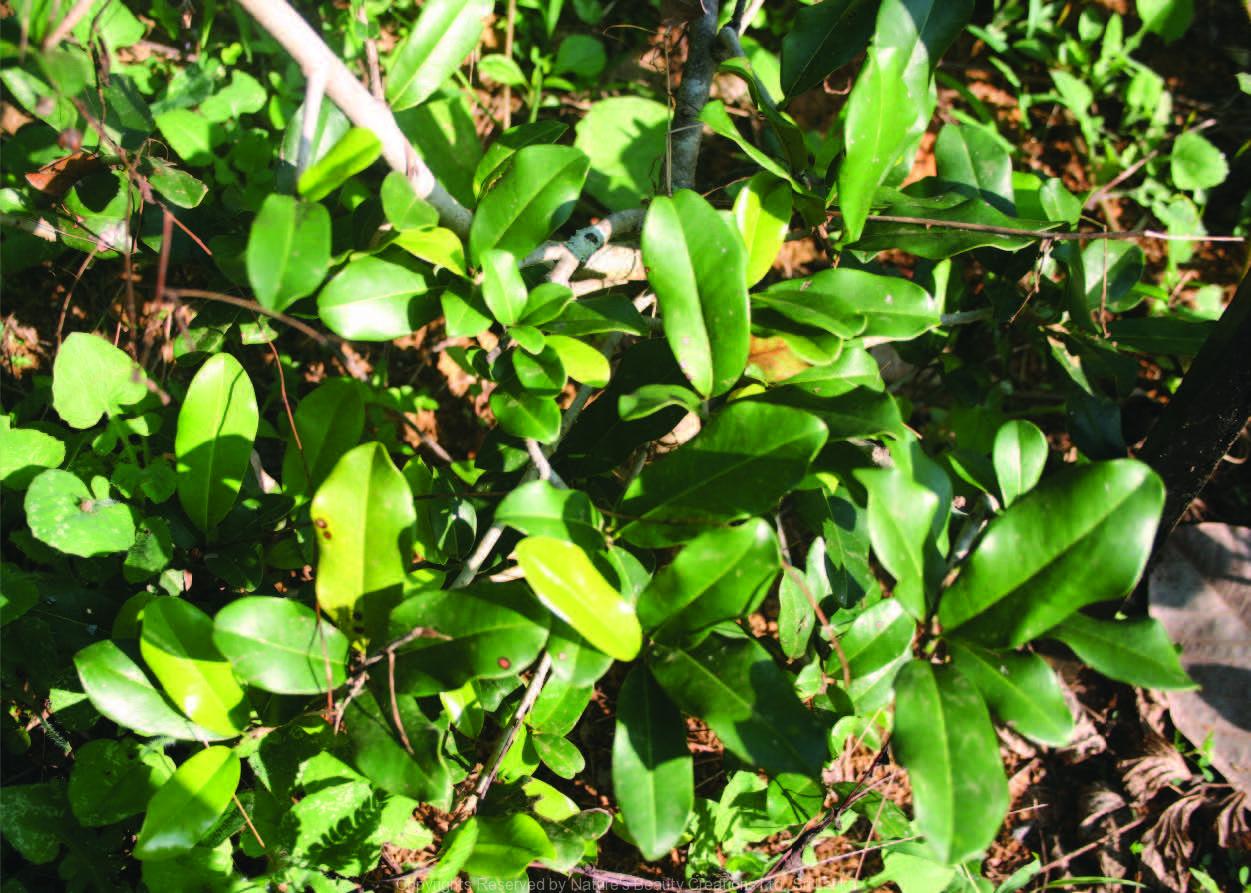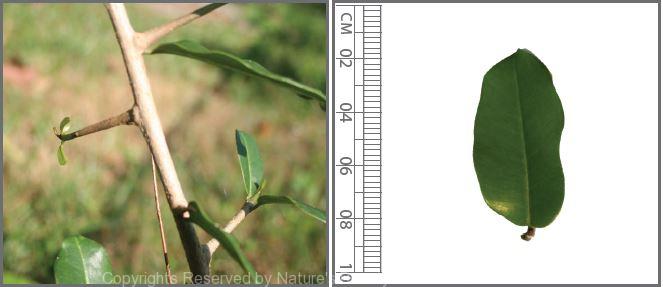

Traditional Knowledge
Useful plant parts :
Bark and seed
Uses in traditional medicine :
- Seed powder diluted with bee honey is applied around the eye for redness
- Bark possesses astringent properties
Scientific Research
Chemical constituents:
Cinnamic acid esters of α and β-amyrins, terpenes: ursolic acid, taraxerol and α-spinasterol, β-sitosterol derivatives and inositol: quercitol from roots; hentriacontane and cinnamic acid from leaves and mesocarp
Bioactivity :
Petroleum ether extract of stem bark: protective effects against gastric ulcers
Clinical:
Note :
Ripe fruits are edible
References : Gopalkrishnan, B.et al., (2009), Pharmacognostic evaluation of “Khirni” seed, Journal of Herbal Medicine and Toxicology, 3(1), 163-167. Lavaud, C. et al., (1996), Saponins from three species of Mimusops, Phytochemistry, 41(3), 887-93. Misra, G. and Mitra, C. R., (1968), Mimusops hexandra-III. Constituents of root, leaves and mesocarp, Phytochemistry, 7, 2173-2176. Shah, B. S. et al., (2004), Effect of Manilkara hexandra (Roxb.) Dubard against Experimentally-induced Gastric Ulcers, Phytotherapy Research, 18, 814–818.
Copyrights Reserved By
Natures Beauty Creations



